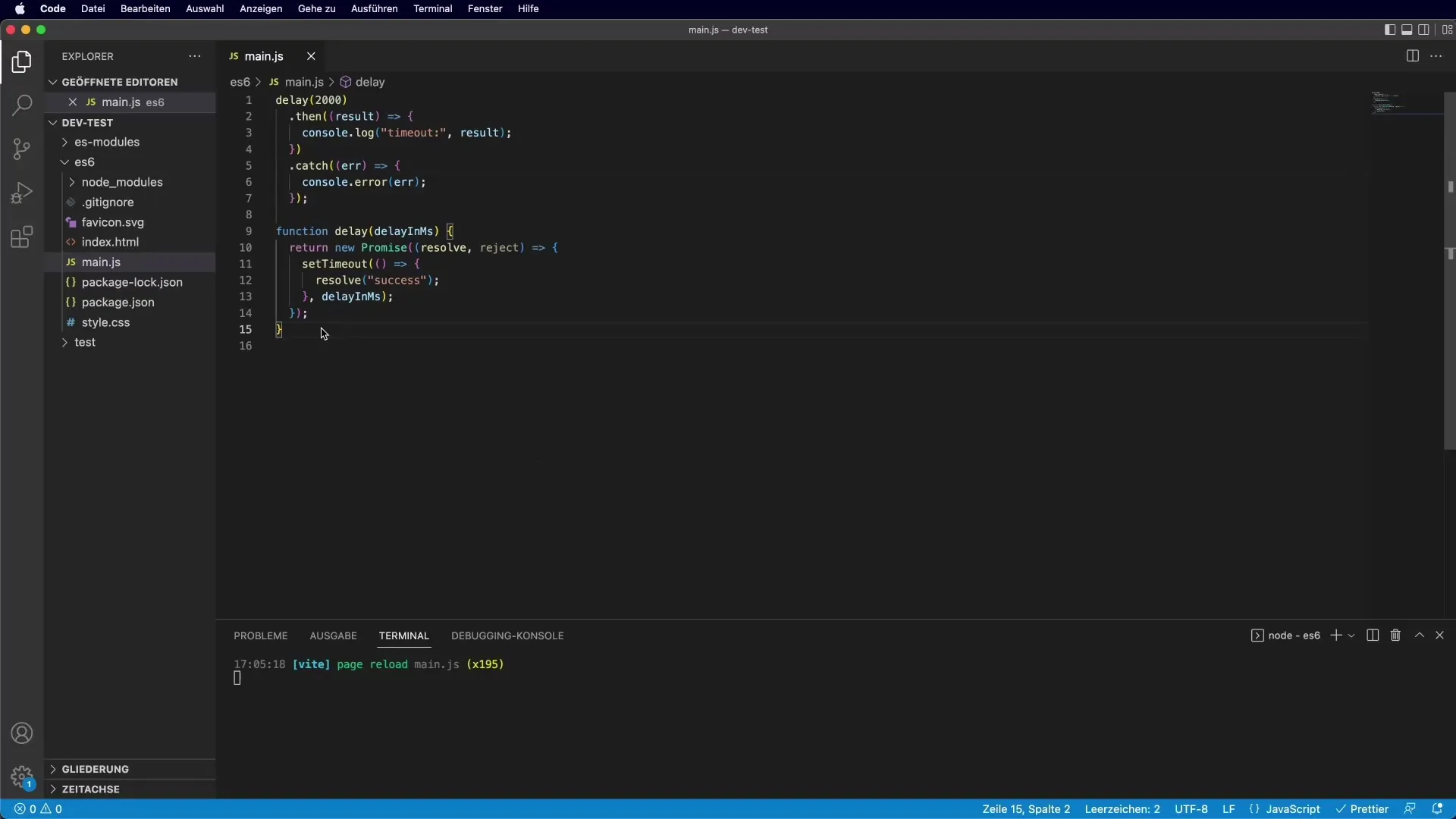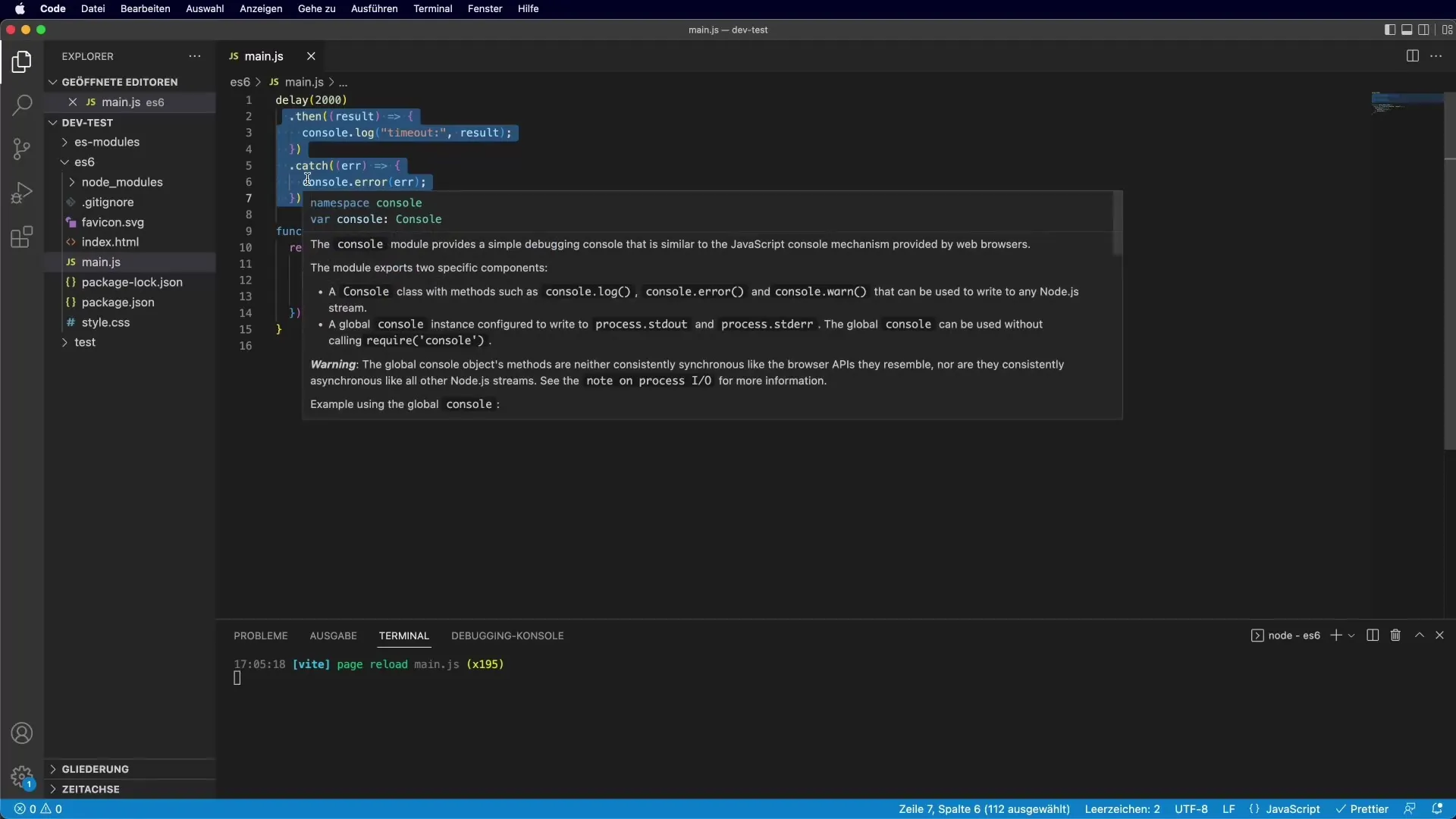In the world of programming, it is crucial to handle asynchronous operations effectively to ensure an engaging user experience. Especially in JavaScript, there are numerous ways to do this. One of the most popular methods for working with asynchronous operations is the async/await construct. This provides a syntactical simplification that allows you to make asynchronous programming clearer and more readable. In this guide, let’s learn the basics of async and await and how they can improve your coding.
Key Takeaways
- async/await enables a clear and simpler syntax for handling asynchronous operations.
- Any function using the await keyword must be declared as async.
- await effectively waits for the fulfillment of a Promise before continuing code execution.
- Error handling can be elegantly implemented using try/catch blocks.
Step-by-Step Guide
First, you should ensure that you understand the basics of Promises, as async/await is built upon that. If you are familiar with Promises, we can now discuss the usage of async/await.
Step 1: Create a Delay Function
Start with a simple function that returns a Promise simulating a delay. Here is an example of a function called delay.
This is a basic implementation. With this function, you can specify a delay in milliseconds.

Step 2: Introducing Async and Await
Now you want to take advantage of async/await. Start by creating a function that uses the async keyword.
In this code snippet, the function runDelay uses the async keyword, which allows it to use await. This means that the execution of the function will be paused until the Promise returned by the delay function is fulfilled.
Step 3: Testing the Asynchronous Function
To test how it works, call the runDelay function.
When you run the script, you will see the console log "Starting delay...", then pause for 2 seconds, and finally display "Delay finished."
Step 4: Error Handling with Try/Catch
This happens often in programming – errors can occur at any time. With async/await, you can handle errors more easily using try/catch.
If you want to catch errors, you can modify the runDelay function as follows:
With the use of try/catch, any error that occurs during the execution of await delay(2000) can be caught and displayed.

Step 5: Using Fetch with Async/Await
Another commonly used case is fetching data with the fetch API.
In this example, a network request is made with fetch. Again, we can use await to ensure that we wait for the response before proceeding.
Summary - Async and Await: A Step-by-Step Guide
In this guide, you learned how to handle asynchronous operations more clearly with the async/await construct in JavaScript. You saw how to create a delay function, how to handle errors, and how to efficiently fetch data using the fetch API.
Use this syntax in your future projects to make your code more readable and maintainable!
Frequently Asked Questions
What is the difference between async and await?async marks a function as asynchronous, meaning it returns Promises. await is used to wait for the result of a Promise.
When should you use async/await?Use it when you are working with asynchronous operations and want your code to remain clear and readable.
Can I use async/await in any browser?Yes, but make sure that the browser you are using supports modern JavaScript syntax. If needed, transpilers like Babel can be used.
Can I use await in a regular function?No, to use await, the function it is being used in must be declared as async.
What happens if a Promise fails?If a Promise fails, an error message is thrown, which can be handled with try/catch.


